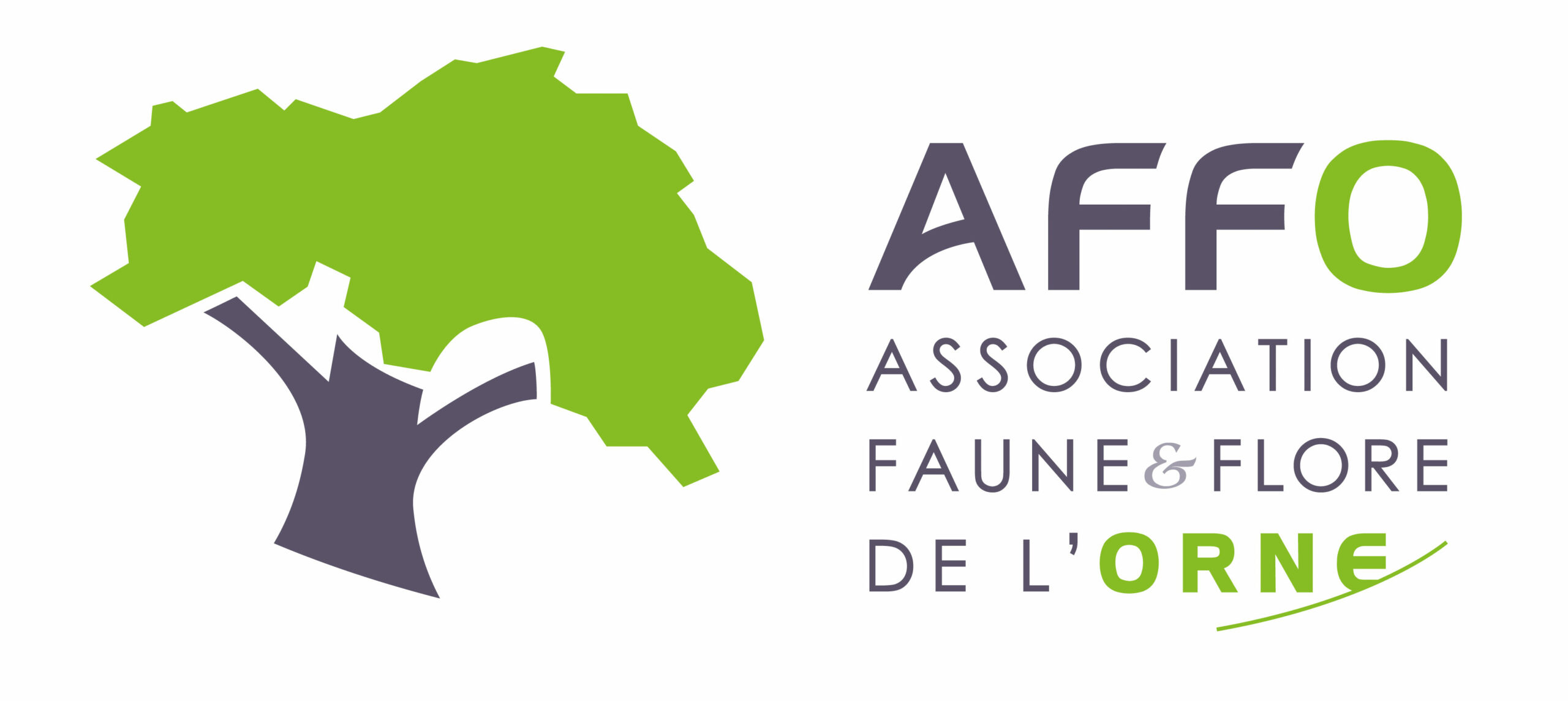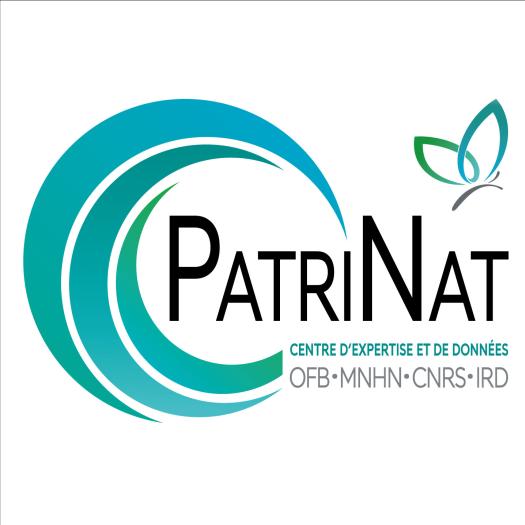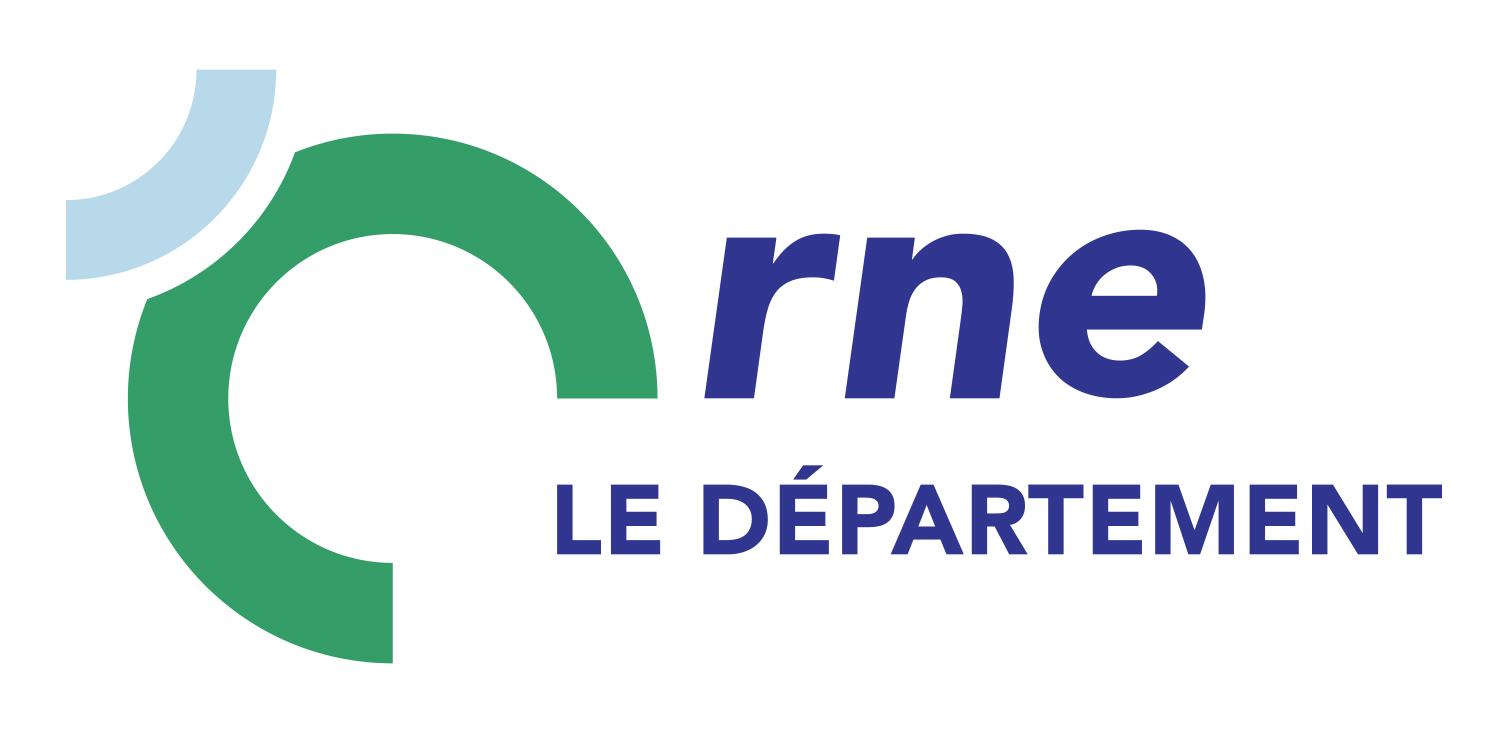Bombus Latreille, 1802
Où cette espèce a-t-elle été observée ?
 Attention : cette espèce peut être présente où il n’y a pas de maille, mais à ce jour elle n’y a pas encore été observée.
Attention : cette espèce peut être présente où il n’y a pas de maille, mais à ce jour elle n’y a pas encore été observée.
- 56 observations
-
24
communes -
15
observateurs
12
organismes -
Première observation
1996 -
Dernière observation
2023
Appenai-sous-Bellême - Arcisses - Bazoches-sur-Hoëne - Belforêt-en-Perche - Bretoncelles - Comblot - Combres - Frazé - La Chapelle-Montligeon - La Loupe - La Puisaye - Le Mage - Les Aspres - Longny les Villages - Manou - Nogent-le-Rotrou - Perche en Nocé - Rémalard en Perche - Saint-Denis-sur-Huisne - Saint-Martin-du-Vieux-Bellême - Senonches - Trizay-Coutretot-Saint-Serge - Val-au-Perche - Vaupillon
-
PNR du Perche
Participation à 19 Observations
Part d'aide à la prospection : 33.93 %
Fiche organisme
-
Muséum national d'Histoire naturelle (MNHN)
Participation à 17 Observations
Part d'aide à la prospection : 30.36 %
Fiche organisme
-
Office pour les insectes et leur environnement (OPIE)
Participation à 8 Observations
Part d'aide à la prospection : 14.29 %
Fiche organisme
-
Association Faune & Flore de l'Orne (AFFO)
Participation à 7 Observations
Part d'aide à la prospection : 12.50 %
Fiche organisme
-
UMS PatriNat (OFB-CNRS-MNHN)
Participation à 5 Observations
Part d'aide à la prospection : 8.93 %
Fiche organisme
-
France Nature Environnement Centre-Val de Loir
Participation à 4 Observations
Part d'aide à la prospection : 7.14 %
Fiche organisme
-
DREAL Centre-Val de Loire
Participation à 4 Observations
Part d'aide à la prospection : 7.14 %
Fiche organisme
-
Ministère de la Transition écologique et de la Cohésion des territoires
Participation à 3 Observations
Part d'aide à la prospection : 5.36 %
Fiche organisme
-
Le Monde des Insectes (insectes.org)
Participation à 1 Observation
Part d'aide à la prospection : 1.79 %
Fiche organisme
-
Conservatoire d'espaces naturels du Centre-Val de Loire (CEN CVL)
Participation à 1 Observation
Part d'aide à la prospection : 1.79 %
Fiche organisme
-
Eure-et-Loir Nature
Participation à 1 Observation
Part d'aide à la prospection : 1.79 %
Fiche organisme
-
Conseil départemental de l'Orne (bureau ENS)
Participation à 1 Observation
Part d'aide à la prospection : 1.79 %
Fiche organisme
Informations espèce
Répartition actuelle en France métropolitaine
© INPN - Avertissement : les données visualisables reflètent l'état d'avancement des connaissances et/ou la disponibilité des données existantes au niveau national : elles ne peuvent en aucun cas être considérées comme exhaustives.
Répartition actuelle dans le monde
Avertissement : les données visualisables reflètent l'état d'avancement des connaissances et/ou la disponibilité des données existantes au niveau mondial : elles ne peuvent en aucun cas être considérées comme exhaustives.












